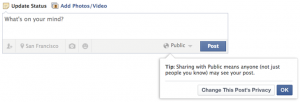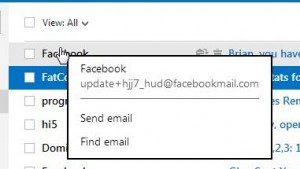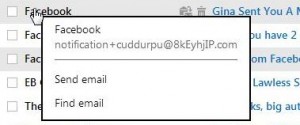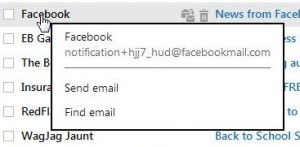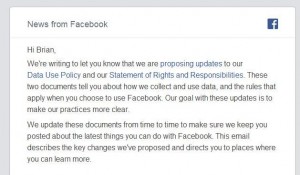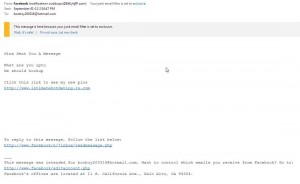Facebook has made it very easy, almost too easy, for users to add apps to their profile. As you know, many apps hit you up even when you’re quietly surfing around outside of your Facebook profile? Want to comment on something? Sure, just let this app access your Facebook account. Want to sign a petition? Easy! Just give us clearance to snoop around your Facebook profile. Before you let apps access your data, you’d better find out what kind of things they can see. You might be surprised at the extent and the duration of this access.
1. From any page on Facebook, click on the tiny icon on the very top right, it looks like an arrow pointing down, and choose ‘Settings’ on the menu that pops out:
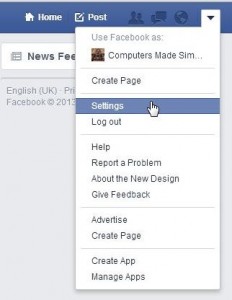
2. Next, look for the word Apps on the left side. Click on it:
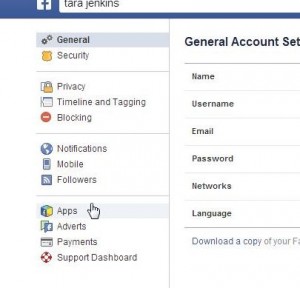
3. The next part is a bit tricky so read this carefully. Facebook only shows you the most recent apps that you’ve used on the Apps menu that comes up. What you’re going to do here is to edit all of your apps, once you see how to do it, but note that you have to click on ‘Show All Apps’ down at the bottom to access the full list of ones that you use. For now, click on the word Edit on any app that’s on this page:
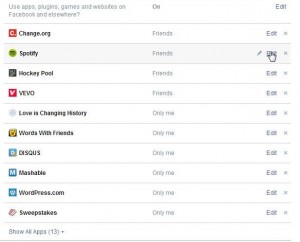
4. It doesn’t matter which one you choose but click Edit on one. Here’s what you see next:
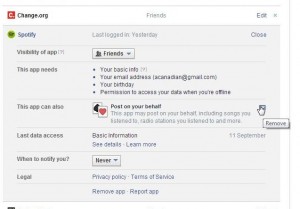
5. Surprised yet? Apps need to use just about everything, at least they say they do. You can change the visibility, remove the ‘posting on your behalf’ ability and change when the app notifies you. We have ours set to ‘Never’. You can also see when the app last accessed your data. Make sure you are comfortable with all of this ‘information sharing’ before you click Close at the top. If you’re not comfortable with it all, maybe you should remove the app. Click ‘Remove app’ to see what surprises lurk behind that link:
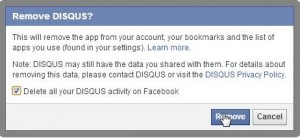
Can you see why we’re concerned about these seemingly simple apps? Not only do they tell you that they require access to all of your personal information, they keep this data even after you remove their permissions. Think about it. Facebook collects your personal details and markets this data to many different kinds of apps. Something that seemed fun and innocent at the time has suddenly changed its tone, hasn’t it?
We hope that we’ve opened your eyes a bit about Facebook’s apps. Share this with your friends and family. There’s no reason why you should feel obligated to share your personal info with anyone you don’t know. If you’re hooked on the games that Facebook offers, think about what the games get out of it all. They’re free, right? Maybe, just maybe, the games take your personal data and fine tune the ads that you see on their pages. Your personal details are helping the apps, not you. We suggest that you create a totally fake Facebook account just to play games. Let your friends know that it’s you and play away all day, free from sharing your personal details with strangers.
Thanks for reading!
(Just so you know, if you want to comment here, you don’t have to sign up through Facebook. We do ask for an email address but you can use a fake one, we will never know. Your email is never shown to anyone. We only ask for it in order to send you a personalized response. This response is automatic, we don’t actually use it ourselves. Also, liking our Facebook page doesn’t require any data sharing. We get a notice that you’ve liked our page, that’s it. All we can see is whatever information a stranger sees when someone searches for you. We cannot access any other information than that, nor do we want to.)
Computers Made Simple on Facebook.


